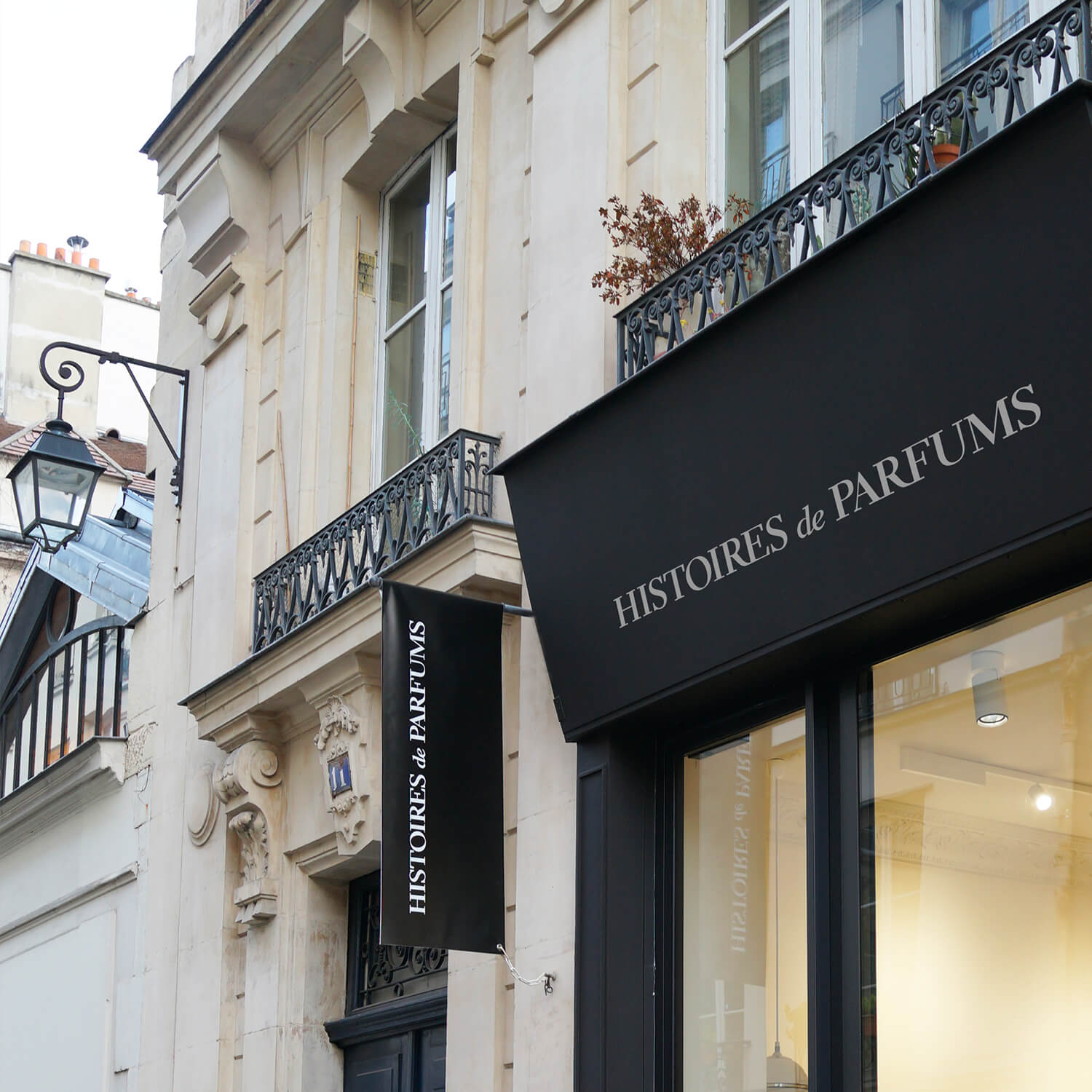The construction of the Eiffel tower
The monument is entrenched in a particularly political context. Not only must it serve to universally commemorate and exhibit the 100-year anniversary of the French revolution, but it must also emulate French spirit and expertise in order to assuage the humiliating defeat against Prussia in 1870.
The Eiffel Tower demonstrates the advantages of and new possibilities enabled by Industrialization, including the mass production of steel and the mastery of its craftsmanship which allows for us to build monuments higher than those made of stone. Since the beginning of the XIX century, multiple engineers have questioned the whether it was possible to build a tower taller than one thousand feet (or a little over 300 meters).
As early as June 1884, two engineers working in Gustave Eiffel's research department, Maurice Koechlin and Emilie Nouguier, presented him with scale drawings of a steel tower standing over one thousand feet tall. Gustave, unimpressed with the design, did not approve of the sketch but was intrigued by the idea and encourages the engineers to continue pursuing their work. In September of that same year, the engineers present a new scale drawing that wins Gustave's approval, to which he deposits a guarantee for the tower's construction.
In May of 1886, the government hosts a competition for towers standing over 300 meters tall, with the opportunity for designs to be exhibited globally. In total, 107 projects were submitted. Thanks to his political connections, Eiffel steals first place and earns the right to build his tower. Meanwhile, anticipating the success of this project, Gustave Eiffel buys the rights to Koechin's and Nouguet's designs, which is why it is called the Eiffel Tower and not the Eiffel-Koechin-Nouguet Tower.
The work began on January 28, 1887 when they laid down the first blocks of concrete which serve as a foundation for the pillars. The most difficult operations were held in dead-winter, on the 7th of December 1887, with the junction of four pillars on the first floor. In September of 1888, the tower stands taller than the highest building in Paris, and on March 31, 1889, during his inauguration, Gustave Eiffel plants the French flag at its top. All in all, the project took 26 months and 3 days, which is double the time originally planned, and exceed the expected costs by 1.5 million francs. Nevertheless, the tower was delivered on time and hosts its first paying visitors on May 15, 1889, who must climb the tower by foot seeing as the elevators are still under construction.
However, the Eiffel Tower did not go up without a fight. On February 14, 1887, a group of over 100 artists published a forum in le Temps titled "The artists' protest against M. Eiffel's Tower", in which they accused the tower of defacing Paris, which to them was the most beautiful city in the world. Those who lived on Champs de Mars attempted to file a lawsuit against the state, in fear that the tower would fall on their homes. After its erection, the Eiffel Tower is threatened by destruction. Its lease is limited to 20 years before becoming the state's property who for some time has already considered destroying it. In turn, Eiffel does everything in his power to demonstrate the value of his tower, hosting radiotelephony and meteorology experiments. The experiments show convincing results, and allow for the tower to live on.
For the next 40 + years, the tower would remain the highest monument in the world, until the Chrysler Building in New York is built in 1930. In 1961, the city of Paris registers the tower to its' list of historical monuments, and in 1991, UNESCO registers it as a Humanitarian World Heritage Site. Today, it is the most visited paying monument in the world.

Nota Bene:
In total, the Eiffel Tower cost 7 799 401.31 francs to build, which today equates to around 32 million euros. In 2017, Monta's chamber of commerce in Italy published a study on the public image of European buildings, and valued the Eiffel Tower at 434 billion euros. The tower holds first place, far ahead of Rome's Coliseum valued at an estimate of 91 billion euros, and Barcelona's Sagrada Famillia valued at an estimate of 90 billion euros.


Laisser un commentaire
Ce site est protégé par hCaptcha, et la Politique de confidentialité et les Conditions de service de hCaptcha s’appliquent.